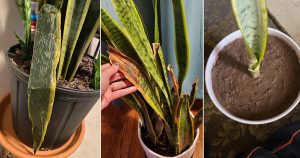Curious about cacti and which ones might be poisonous? Let us help you identify and learn how to handle them safely.
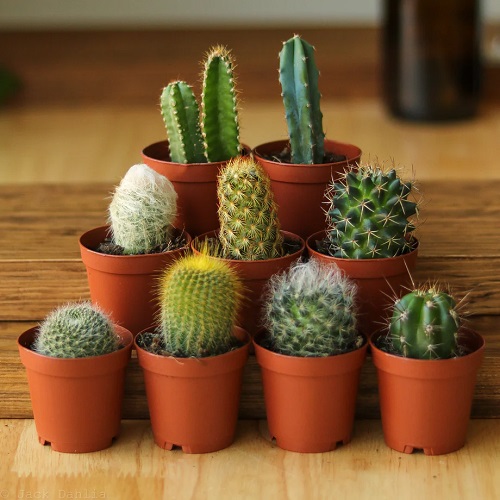
Exploring the world of cacti can be fun and a little risky, depending on your knowledge! Some cactus have tasty fruits, while others, like peyote, can be dangerous. Let’s find out the answers!
Getting to Know Cacti

With nearly 2000 species to boast, we all know the towering columnar appearance of cacti, but these succulents, belonging to the family Cactaceae, come in all shapes, sizes, colors, and toxicity levels!
Remember summer camp? When you were told not to pop any and every good-looking red berry into your mouth? Because it could be lethal. While not all unique-looking cacti are poisonous, a general rule of thumb in nature is to steer clear of the extra funky ones—with dramatic colors, textures, and shapes. This principle is rooted in aposematism, where vibrant appearances often signal potential danger in the wild.
Cactus to Watch Out For
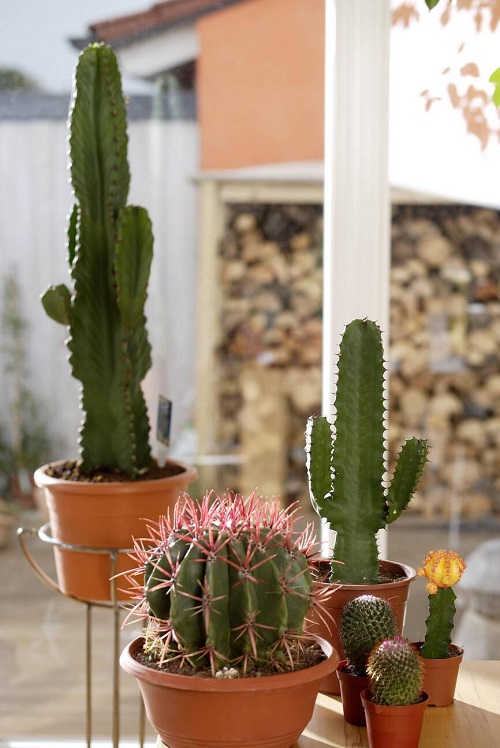
You’ve got to watch out for some cactus, like Peyote and San Pedro. Eating them without knowing what you’re doing could really cause harm. And it’s not just the spines you need to worry about; the whole plant can be toxic. Some of them listed here are:
1. Peyote
Botanical Name: Lophophora williamsii
Found in southwestern Texas and Mexico, Peyote has been helpful for spiritual purposes by indigenous Americans for centuries. But eating it now is both illegal and can greatly affect with your mind big time.
2. San Pedro
Botanical Name: Echinopsis pachanoi
Hailing from the Andes Mountains in South America, San Pedro cactus contains mescaline, a hallucinogenic compound. Down it goes, you might start seeing things, feeling nauseous, or even having seizures.
3. Peruvian Torch
Botanical Name: Trichocereus peruvianus
Like San Pedro, this cactus also calls the Andes home. It’s got mescaline too, so expect similar trippy effects if you eat it.
4. Moon Cactus
Botanical Name: Gymnocalycium mihanovichii
While it’s not poisonous itself, Moon Cactus is often grafted onto other cacti. That rootstock, usually Hylocereus species, can be harmful if eaten. Plus, those bright colors can attract curious kids and pets, so be careful!
Can You Eat Them?
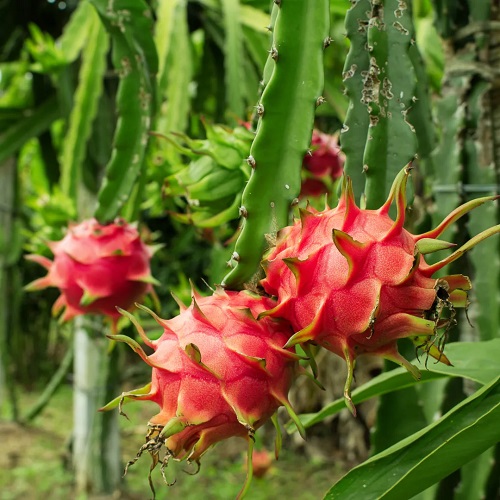
Now, the big question: Can you eat cacti? The answer is yes, but you’ve got to be careful. Some types are safe to munch on, especially if you remove those prickly spines first. And guess what? Some cactus even produce yummy fruits and here’s a list of them::
1. Prickly Pear Cactus
Botanical Name: Opuntia
Prickly Pears have flat, oval pads covered in spines and produce bright red or purple fruits called “tunas.” The pads, or “nopalitos,” are delicious when grilled, boiled, or sautéed, making them a popular choice in Mexican cuisine. The fruits can be eaten raw or made into jams and beverages. To grow them, place them in full sun with well-draining soil and water sparingly.
Note: The fruits of prickly pear are covered with tiny thorns which can cause reactions, so it’s important to handle them carefully when consuming.
2. Barrel Cactus
Botanical Name: Echinocactus
Barrel Cacti are round and ribbed with colorful spines and bright yellow or red flowers on top. The small yellow fruits they produce are edible and can be enjoyed raw or in preserves. These cacti thrive in full sun and sandy, well-draining soil, needing very little water.
3. Dragon Fruit
Botanical Name: Selenicereus undatus
Dragon Fruit cacti have sprawling green stems and produce striking pink or yellow fruits with white or red flesh inside. These fruits are perfect for eating fresh or adding to smoothies, salads, and desserts. For best growth, give them full sun to partial shade, well-draining soil, and moderate watering to keep the soil moist but not soggy.
4. Saguaro Cactus
Botanical Name: Carnegiea gigantea
Saguaros are the giants of the cactus world, with tall, branching arms and stout spines. These cacti can live over 150 years and produce red fruits that Native Americans traditionally harvest. People eat the fruits fresh or turn them into syrups and jams. Saguaros love full sun and sandy, well-draining soil, requiring very little water.
5. Cholla Cactus
Botanical Name: Cylindropuntia
Cholla Cacti have cylindrical stems covered with spines that easily detach and stick to you. They bloom with bright flowers and produce edible flower buds, which can be dried and used in soups and stews. The stems, once de-spined, can be boiled or roasted. Chollas grow best in full sun with well-draining, sandy soil, and need minimal watering.
Dealing with Trouble
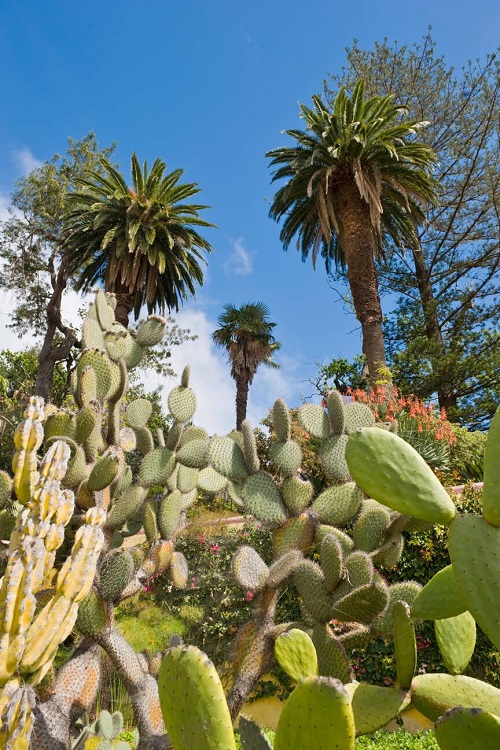
When handling cacti, always use a belt or towel to avoid getting pricked, wear disposable gloves, and protect your eyes with safety glasses. Keep cacti out of reach of curious kids to prevent accidental injuries.
Cacti can be dangerous not just because of their thorns but also because some are poisonous. If you come into contact with a poisonous cacti, rinse the affected area with soap and water and seek medical help if necessary. In case of ingestion, it’s important to seek medical advice immediately. For pets, if they eat a thorny or poisonous cactus, contact a veterinarian right away. Always keep cacti out of reach of pets to prevent accidental ingestion or injury.
Final Words
So, are cacti poisonous? Some are, but most are perfectly safe if you handle them with care. It’s all about knowing which ones are safe and which ones to avoid. With their fascinating variety, cacti make for great plant companions. While a few, like Peyote and San Pedro, are toxic and best avoided, many others, such as Prickly Pear and Dragon Fruit, gives tasty fruits and pads that are fun to eat. Just remember to use gloves and keep them out of reach of kids and pets.
Exploring the world of cacti can be a fun and rewarding experience. Have you ever tried growing or eating cacti? Share your stories and tips in the comments below!



